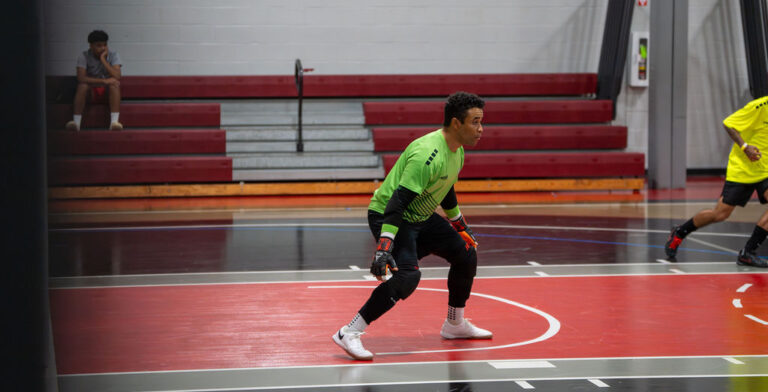by Jennifer Schwartz, Alexandria Soccer Injury Prevention & Fitness
A longitudinal study identified High School girls soccer as the sport with the second highest rate of knee injury behind football (Sports Med 2014). Of 186,000 soccer injuries reported in 2006, 80% were under the age of 24 and 44% of those were in kids younger than 15 (Journal of American Pediatrics 2010).
Recent findings in the American Journal of Sports Medicine have also reported on injury rates for females. Specifically, season ending injuries related to female nutrition and bone density. The study tracked 239 female athletes at Stanford. This resulted in a risk stratification that can help identify injury risk based on points, 0 for no risk and 6 for high risk. The biggest red flag seems to be low calorie intake for female athletes.

During the study period, 25 of the 239 athletes suffered a bone stress injury within an average of about a year — and, as predicted, the moderate-risk athletes were twice as likely to suffer an injury, and the high-risk athletes were four times as likely.
Study available online
Risk Factors:
- Low energy availability or loss in body weight: past disordered eating (1) or current disordered eating (2)
- Low Body Mass Index (BMI): 1 point for 17.6 to 18.4, 2 points for below 17.5 (for reference my own BMI is 25)
- Irregular periods: 1 point for 6 to 9 periods in the last 12 months, 2 points for 6 or less periods
- Delayed menarche: 1 point for between 15 and 16 years of age, 2 points for older than 16 years old
- Low bone mineral density (medical test)
- Previous stress fractures: 1 point for one fracture, 2 points for two or more
Why is this important for our ASA players?
Our injury prevention screenings and baselines are conducted at the start of our soccer year for both boys’ and girls’ ages U13 and up. Our philosophy is that using baseline assessments and measurements is the first and most important step in keeping our kids safe and continually improving the ASA curriculum.
The usability of this information is dependent upon cooperation, communication, and identifying clusters of injury over a season. As an ASA parent we want you to stay aware of injury prevention key factors and communicate your injury concerns effectively.
Building resistance to injury is key!
One thing is certain, all injuries have a single common denominator — injuries occur when the athlete cannot absorb forces from contact with the ground, the ball, or another player. Injury will be more likely if the muscles and bones are weak and dehydrated from a lack of nutrients.
If you have concerns about your athlete’s fuel and food intake:
- Contact Jenn to get set up with nutritional information or consultation
- Practice healthy habits like planning what kind of protein to consume.
- A post training or workout smoothie is a fun and smart habit to start immediately.
If you have concerns about past or present stress fractures, I urge you to schedule an injury prevention consultation and take a look at other underlying factors of stress fractures such as shoes and nutrition.




